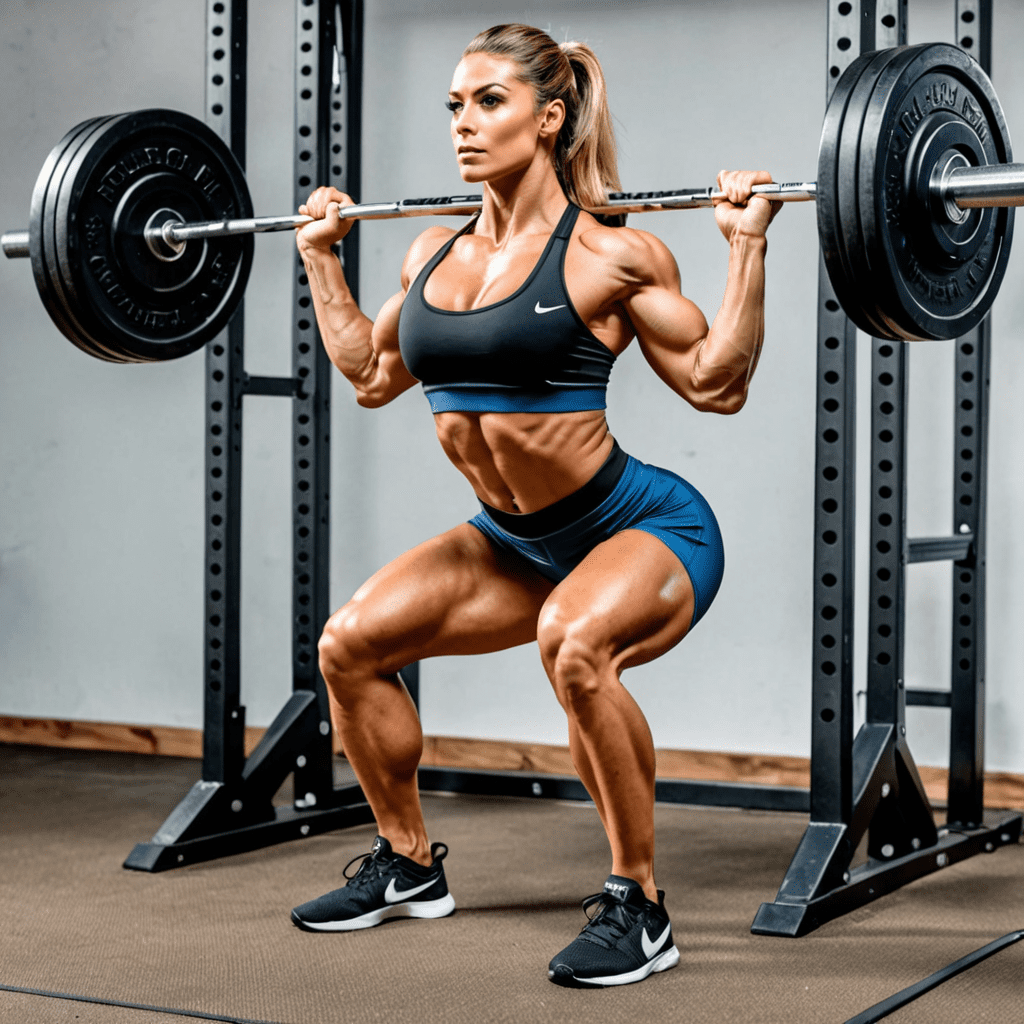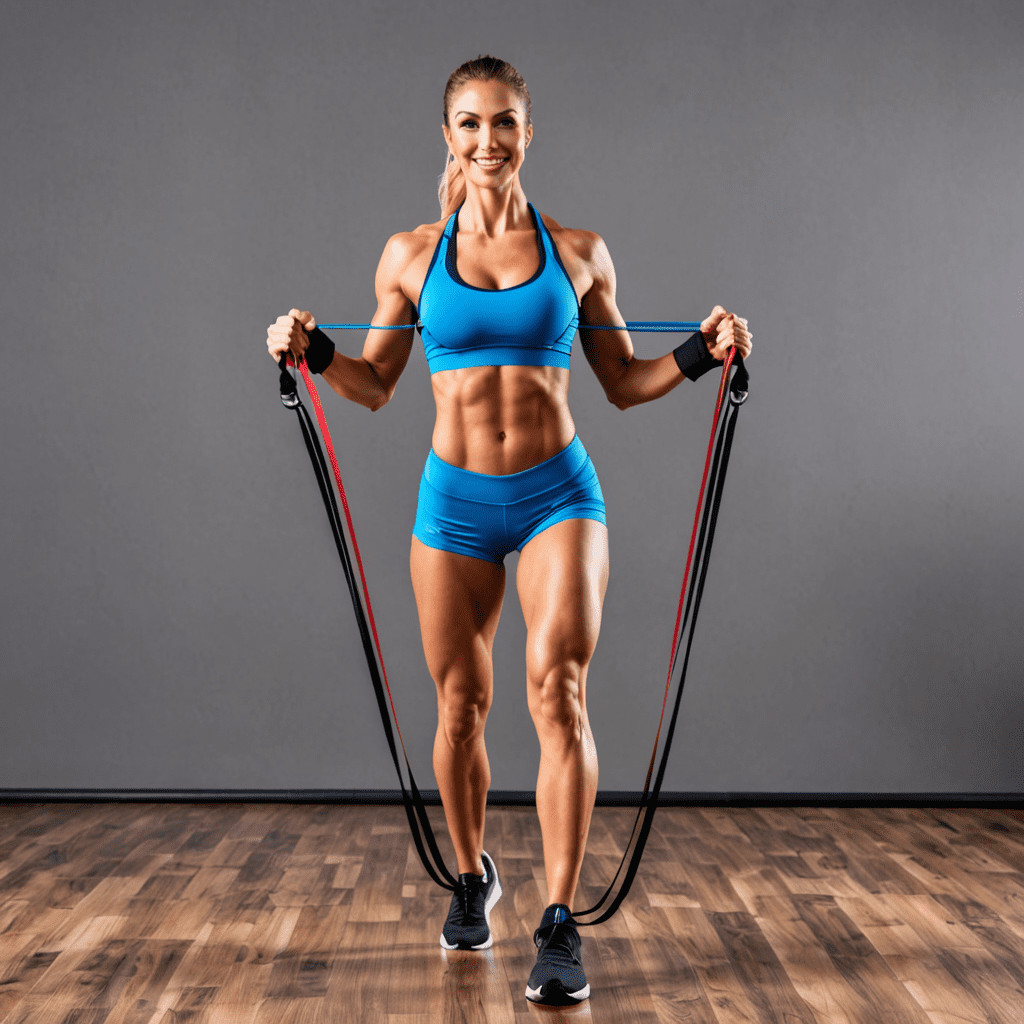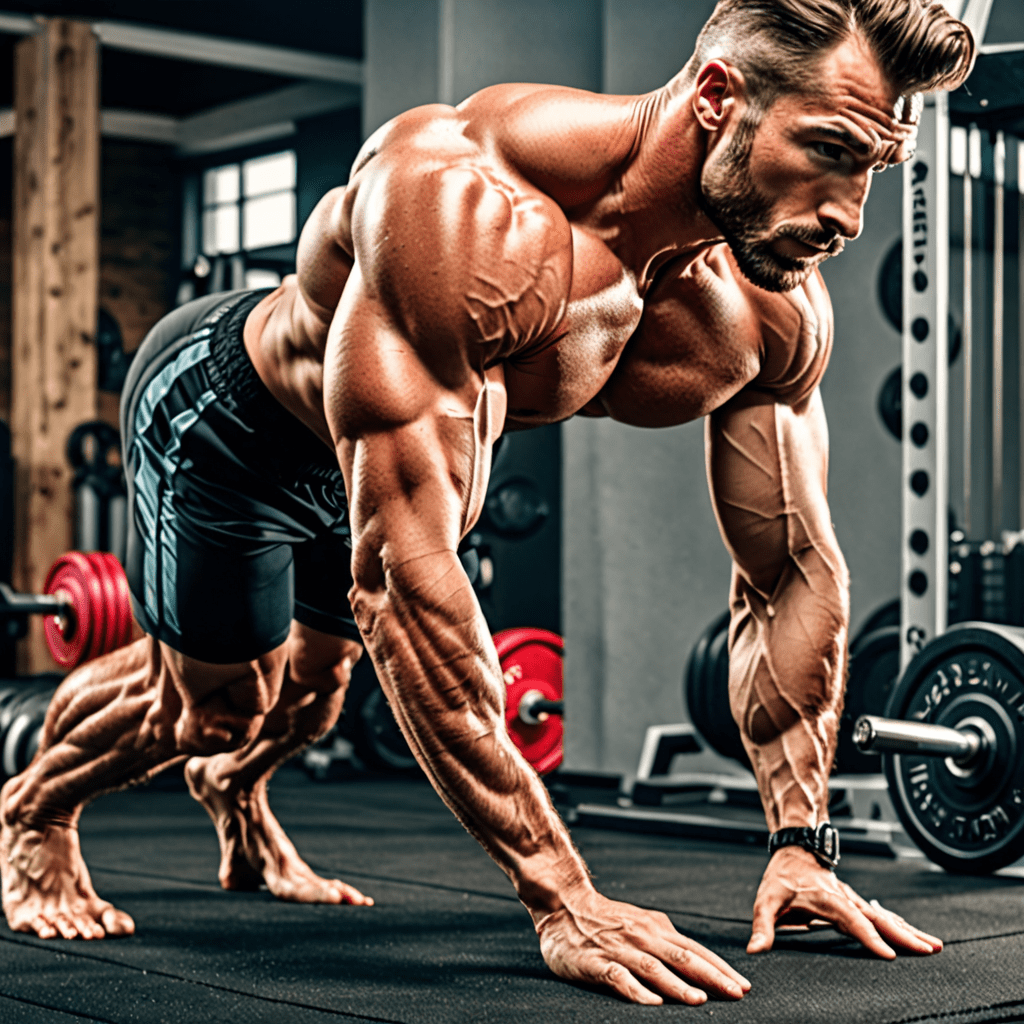
How to Improve Your Squat
Are you looking to increase your squat performance and maximize your gains in the gym? Squats are a compound exercise that targets multiple muscles in your lower body, making them an essential part of any strength training routine. In this article, we will explore some effective strategies to help you improve your squat and take your fitness to the next level.
1. Perfect Your Form
One of the key factors in improving your squat is ensuring proper form. Incorrect form can lead to injuries and limit your progress. To achieve optimal form:
- Start with your feet shoulder-width apart, toes slightly pointing outward.
- Keep your back straight, chest up, and core engaged.
- As you squat, lower your hips back and down, as if you’re sitting into a chair.
- Aim to lower until your thighs are parallel to the ground, or even lower if you have the flexibility.
- Push through your heels and drive your hips forward to stand back up.
Remember to start with lighter weights and focus on your technique before adding more weight to your squat.
2. Build Lower Body Strength
To improve your squat, it’s crucial to build strength in your lower body muscles, including your quadriceps, hamstrings, glutes, and calves. Some effective exercises to target these muscles are:
- Barbell squats
- Lunges
- Deadlifts
- Bulgarian split squats
- Leg press
Incorporate these exercises into your workout routine, gradually increasing the intensity and weight as you progress.
3. Increase Mobility and Flexibility
Proper mobility and flexibility play a vital role in squat performance. If you lack the necessary range of motion in your joints, it can hinder your squat technique and limit your progress. To improve your mobility:
- Incorporate dynamic warm-up exercises that target your hips, ankles, and thoracic spine.
- Perform static stretching after your workouts to increase flexibility in your hip flexors, hamstrings, and quadriceps.
Including mobility and flexibility exercises in your routine will help you achieve a full range of motion in your squats.
4. Focus on Core Stability
A strong and stable core is essential for maintaining proper form and generating power in your squats. By strengthening your core muscles, including your abdominals and lower back, you can enhance your squat performance. Some effective exercises to target your core are:
- Planks
- Russian twists
- Hanging leg raises
- Woodchoppers
Incorporate core exercises into your workouts at least two to three times a week, alongside your squat training.
5. Implement Progressive Overload
Progressive overload is a fundamental principle in strength training that involves gradually increasing the stress placed on your muscles to stimulate growth. To improve your squat, implement progressive overload techniques such as:
- Increasing the weight lifted
- Performing additional sets and repetitions
- Decreasing rest time between sets
- Incorporating advanced squat variations (e.g., front squats or pistol squats)
- Using resistance bands or chains to add extra tension
By progressively challenging your muscles, you can continue to improve your squat strength and overall performance.
6. Listen to Your Body
While it’s essential to push yourself and strive for progress, it’s equally important to listen to your body. Pay attention to any signs of pain or discomfort during your squat training. If you experience any sharp or unusual pain, it’s crucial to seek guidance from a qualified professional, such as a physical therapist or trainer.
FAQ
Q: How often should I squat to see improvements?
A: Consistency is key when it comes to improving your squat. Incorporate squatting exercises into your routine two to three times a week, allowing adequate rest and recovery between sessions.
Q: How long does it take to see progress in my squat?
A: The rate of progress varies for each person based on factors such as individual fitness level, genetics, and training intensity. With consistent training and proper form, you can expect to see improvements in your squat strength and technique within a few weeks to a few months.
Q: Should I use a weightlifting belt for squats?
A: Weightlifting belts can provide support and stability, especially when lifting heavier weights. However, it’s essential to develop a strong core and proper form before relying on a weightlifting belt. Use it as a tool to enhance your performance rather than a crutch.
Q: Can squatting help me lose weight?
A: Squats are a compound exercise that engages multiple muscle groups, leading to an increase in calorie expenditure. When combined with a balanced diet and regular cardiovascular exercise, squatting can contribute to weight loss and overall body composition improvements.
Q: Are squats bad for my knees?
A: Squats, when performed with proper form and within a comfortable range of motion, are generally safe and beneficial for knee health. However, if you have pre-existing knee issues or experience pain during squats, it’s crucial to consult with a healthcare professional for personalized advice.
Now that you have these tips and strategies, go ahead and incorporate them into your workout routine. With consistent practice and proper technique, you’ll be well on your way to improving your squat and reaching your fitness goals. Keep pushing yourself and enjoy the process of becoming stronger and more confident with each squat!


